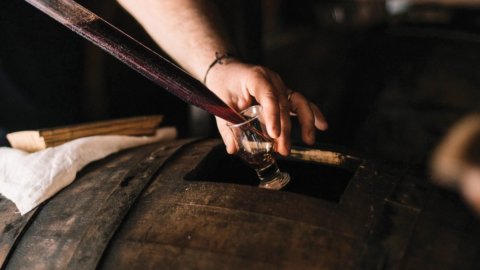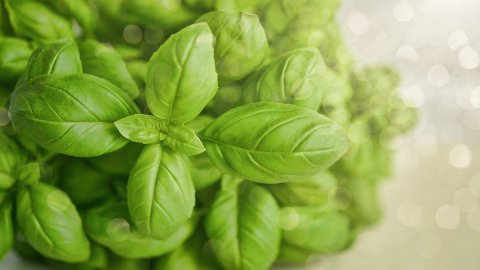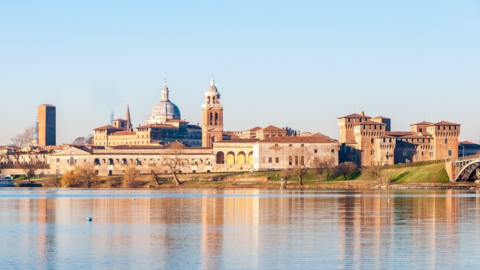The Traditional Balsamic Vinegar of Modena puts the difficulties encountered in 2020 with the health emergency behind it: the Consortium for the Protection of Traditional Balsamic Vinegar of Modena, in summarizing the past year, announced that the 2021 saw an increase in production and sales of over 17%, which attested volumes to pre-pandemic ones. In particular, the consortium bottling center recorded a 30% increase in bottled quantities.
"Yes. I am exceeded 110 certified packs – says Enrico Corsini, president of the Consortium – but what matters most for a vinegar that must undergo such an exceptional aging period are the product stocks in the typical 'batteries' of barrels, which are used to support the production of future vintages: the production chain today consists of 250 producers, who hold about 3 million liters of aging product in their own vinegar cellars, with a marked increase compared to the previous decade, which bodes well for a successful future for what is called the "black gold" of Modena."
A food and wine jewel with over 12 or 25 years of aging in barrels according to the ancient tradition, which is packaged by law in a bottle with an exclusive shape, designed by Giugiaro over twenty years ago. The limited production, the large investments necessary to install and manage a vinegar cellar, the length of aging make it an exclusive product, which is sold in gourmet shops and used in the most prestigious restaurants, with prices that often exceed one hundred euros per bottle , or the thousand euros per litre.
The first news of this very particular vinegar in Modena dates back to the XNUMXth century which over time will become synonymous with the culture and history of a unique territory in terms of soil and climate characteristics and human knowledge and talents. In 1046, Henry III, Holy Roman Emperor, on the occasion of its passage in the territory of the Po Valley, is in fact honored with a "very perfect vinegar" by Bonifacio, Marquis of Tuscany and father of Matilda of Canossa: an episode documented by the abbot and historian Donizone, biographer of the countess. Two centuries later, the art of vinegar production was even cultivated at the Estense court in Modena. But it is only in 1747, in the cellar registers of the Dukes of Este, that for the first time the adjective balsamic appears: we speak of balsamic medium and balsamic finish, which correspond to the current Balsamic Vinegar of Modena and Traditional Balsamic Vinegar of Modena DOP.
A few decades later - we are in the 1800s - the Balsamic Vinegar of Modena begins to be appreciated and known also on an international level: it is, in fact, the protagonist in the most important exhibitions of the time, from Florence to Brussels. Also in the XNUMXth century, the first dynasties of producers established themselves, some of which, even today, are among the members of the Consortium for Protection. It is in this phase that the production processes are codified.
Since 2009, the date in which it obtained ministerial recognition, the Consortium for the Protection of Traditional Balsamic Vinegar of Modena is the only group that can boast the name "Traditional Balsamic Vinegar of Modena" in its name and carries out protection actions by law, supervision, promotion and dissemination of the product. An action that is absolutely indispensable since the word 'balsamic' which should be the exclusive prerogative of the Balsamic Vinegar of Modena IGP, the Traditional Balsamic Vinegar of Modena DOP and the Traditional Balsamic Vinegar of Reggio Emilia, has met with such success that today it is in fact imitated and evoked in all ways, in Italy and abroad. The last battle is the ongoing dispute with Slovenia, which has marketed a "balsamic vinegar" and is even attempting to legalize this denomination by decree, risking damaging the market for the traditional Italian balsamic vinegar of Modena which worth 1,2 billion euros, with exports exceeding 92%. If the case of Slovenia is the most sensational, the Consortium is engaged on many other fronts to defend this historical excellence of Made in Italy from the many 'balsamic condiments' which are misleading for the consumer.





